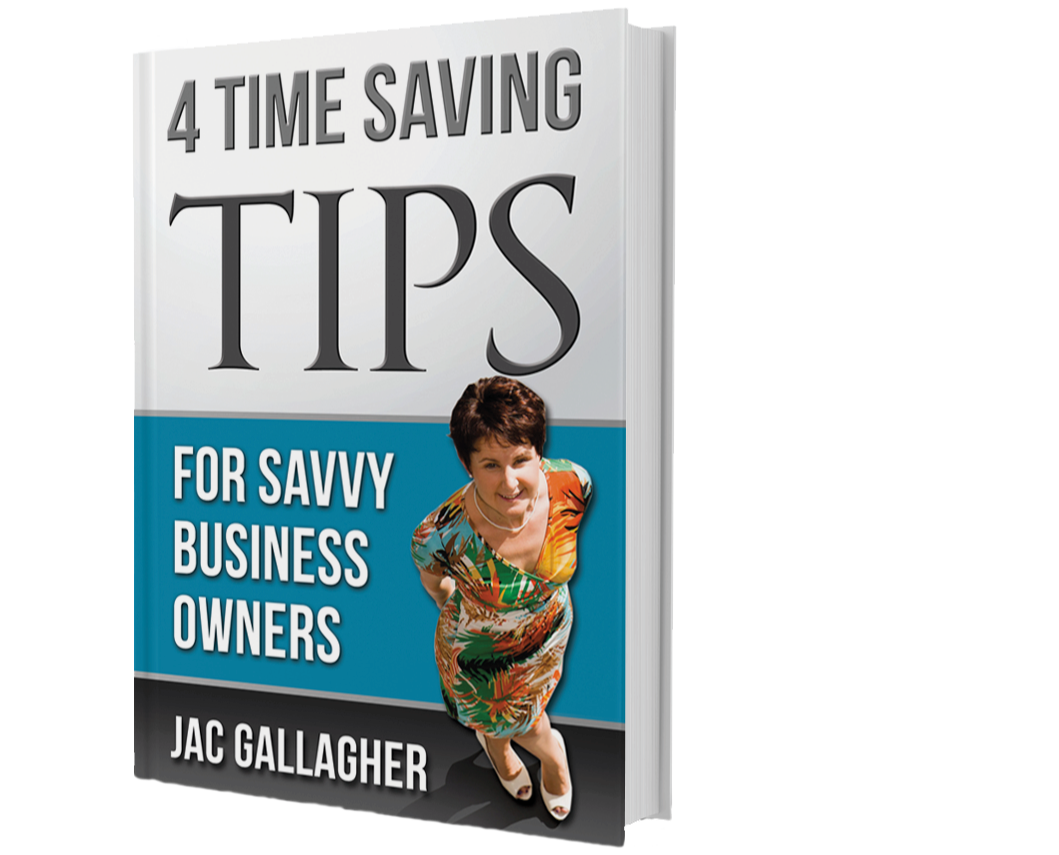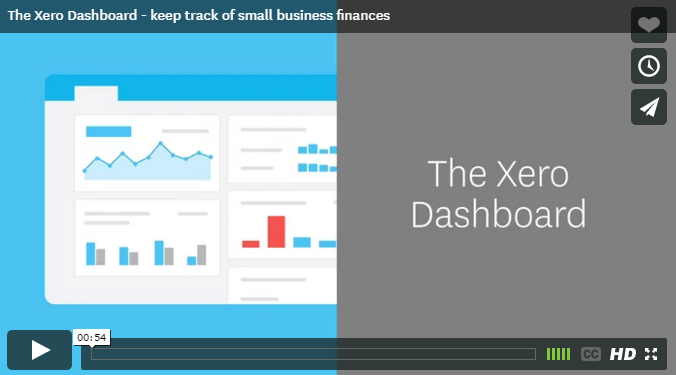5 Awesome Ways a Dashboard Helps Kick Your Financial Goals
Studying financial reports or an excel spreadsheet can be a chore. It is, however, necessary for your business if you want to do more than just survive. To thrive in business, it’s important to understand your numbers.
Some of us are visual creatures and it’s true when they say a picture paints a thousand words. Our brain loves colours and tends to grasp concepts easily when we see the full picture.
If your eyes tend to glaze over numbers, you need a financial dashboard. Imagine if you could see a colourful visual representation of your financial numbers instead of trying to decipher a profit and loss report.

The road in business is always bumpy but a dashboard helps you get there in one piece
What exactly does a financial dashboard do? It works just like your car’s dashboard, giving you vital information about your business. Is your business running low on fuel (cash)? Will you arrive at your target destination in record speed? Or will your business break down before that? Do you have a spare tyre (backup plan) handy?
At any point in time, you have these data at your fingertips so you can concentrate on driving the business to where it needs to go.
Kick your goals with a dashboard
You can set goals and monitor them closely with a financial dashboard, such as hitting your sales target or reducing costs to a certain level. You’re more likely to make the best decision once you have a full picture of what’s going on. You can also fix an issue before it gets worse or foresee a problem before it blows up.
Translate your company goals easily to your staff so everyone is on the same page. This also promotes accountability as everyone is responsible for a portion of the target.
Here are just a few awesome ways a dashboard helps you get kick your business goals.
- Keep an eye on your revenue, cost and profit – These are the lifeblood of any business. A dashboard will tell you exactly how you are faring. It can also forecast whether you will hit your target.
- Monitor cash flow and budget – Keep track of your cash in hand and see whether you are sticking to your budget. Monitor direct costs and overheads so you won’t run out of cash. Tracking your cash is equivalent to tracking the health of your business. After all, cash is king.
- Find out your average debtor days – Do you know how many days you have to wait for a payment on average? Revenue is vanity but cash flow is reality. I’ve seen too many good businesses go under because they fail to sustain a positive cash flow. Getting paid quickly is one way to take care of your business. Track bad debts so you can recoup your losses or write it off quickly.
- Stay ahead of creditors – Need I say more? You never want to get on the bad side of your creditors, especially banks. Monitor loan accounts and see how much interest you are paying or when they are due. Build a good credit score for your business, which will help in the future when you plan to expand.
- Compare your performance over time – It’s one thing to achieve your target. But how does your achievement compare to last year? Did you improve, decline or stagnate? These are key signs of the longevity of a business.
As you compare your performance over the years, you will get a rough idea whether your business needs help, a cash injection, extra resources or a product overhaul. You will see inflection points when your business started to lift off or when it started to slide and figure out what triggered them.
So, what will be your financial goals next year?
If you wish to find out more about how we can assist tracking these goals via a dashboard email me on jac@notchabove.com.au or book a “next actions” discussion with me now by clicking here.
Specialising in Xero bookkeeping, Notch Above is a Brisbane bookkeeper and BAS Agent located in Alderley that offers Xero setup, as well as training and ongoing support. Notch Above can take care of all the bookkeeping tasks you would rather not do, like bank reconciliations, supplier payments, payroll services, debtor control and BAS returns.
Like us now on Facebook
Follow us now on Twitter
Connect with me on LinkedIn
Visit our Website








